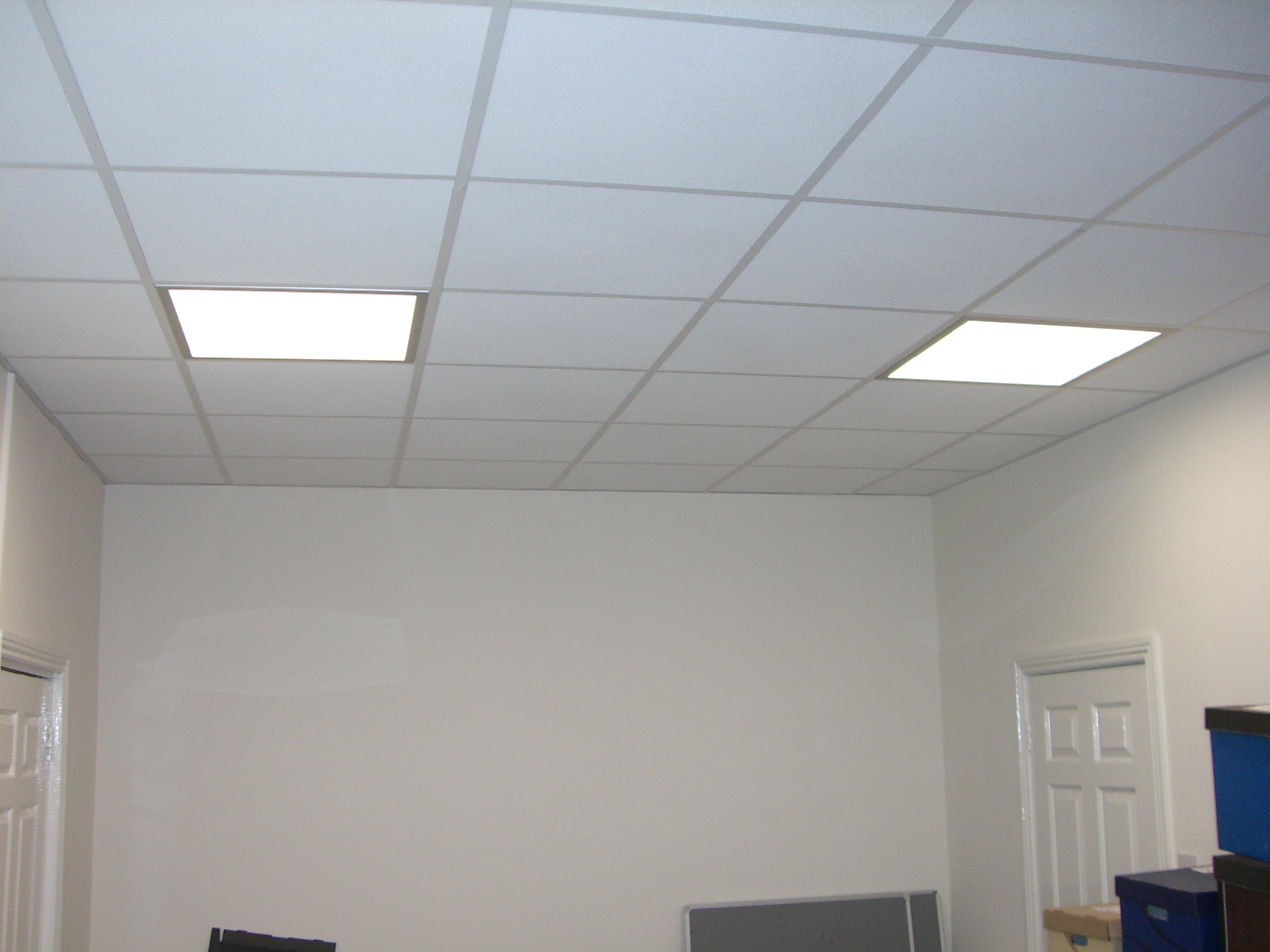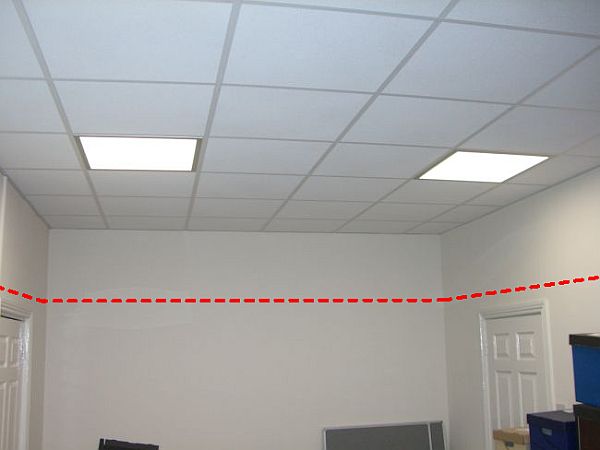Electricity bills are going through the roof here in Britain, and as my current wall-mounted radiator in the living room is a big ancient power-hungry thing I'm shopping around for a smaller more efficient electric radiator.
Thankfully it's only a smallish room and should be easy to heat.
I've surfed the net and see a lot of them are "oil-filled", are they better than dry ones?
Any advice on the whole subject would be welcome, thanks.
Thankfully it's only a smallish room and should be easy to heat.
I've surfed the net and see a lot of them are "oil-filled", are they better than dry ones?
Any advice on the whole subject would be welcome, thanks.


